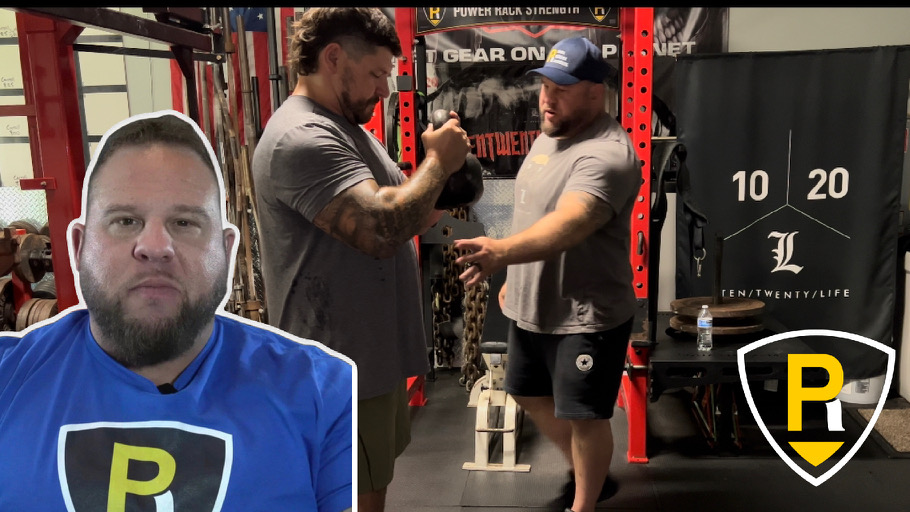
04 Oct Goblet squat: When, why and how
Goblet Squat
The Goblet squat is a universally used variation of the squat. Depending on the goal, use it as a warm-up, a primer, or the central movement. In this article, I will give the reasons for using the movement, why I use it and how to implement it. Of course, I am biased toward this exercise because everyone (most) can use it and the carry-over it can provide, from pro-athletes to back-injured people returning to sport.
When to Goblet squat
I like to use this exercise in my training as a warm-up to prime my hips. Especially before I get under the squat bar when going heavy. I’ve written over the years copious amounts of time about my warm-ups and that I advocate in 10/20/Life and Gift of Injury. It helps me open my hips and get ready to squat. Other clients I program and coach love it as an assistance movement done at the end of the day. And lastly, I like utilizing the goblet squat for taller basketballers and footballers (not all) who IMO shouldn’t have a bar on their back. It’s not worth the risk, again, IMO.
Why use this version of the squat?
Ease of use and risk reward. It might surprise you, coming from a powerlifter – but not everyone should have a bar on their back. Putting a bar on an NBA athlete’s back can bring more inherent risk unnecessarily. For other athletes, I may use this as an exercise to rebuild after a spinal injury before getting back under the bar for some time. Unfortunately, many make the mistake of getting pain-free for a while, then getting right back under a barbell. In my experience, you are likely to fail. In my experience, you must work back to a competition-style squat after months of being pain-free.
How to Goblet Squat
For my personal use, I like sets of 5-8 reps for three sets for a great warm-up or cool-down. Some may prefer higher reps and work with less weight. One way to make the goblet squat harder is to hold the KB away from the midline and turn it into more of a front squat. Stance width will vary. Grip the floor and lock in. Bend the ‘horns’ of the KB. Pull your lats down, and anti-shrug. Head and neck neutral. An abdominal brace by pushing your internal and external obliques out. The above video gives a nice coaching piece on how it should look. Details matter during a squat—all of them.
Remember, every exercise is a tool. As with the misunderstood McGill big 3, there are no magical exercises. There are not ‘bad for you’ exercises but poor application and execution. For those of you who are injured and want to get back under the bar pain-free or would like virtual or in-person coaching, please reach out to Brian Carroll.
Brian highly suggests being familiar with Gift of Injury and Back Mechanic to help you understand how to become pain-free and resilient once again.
Brian Carroll
Latest posts by Brian Carroll (see all)
- Quick Rant: Core Exercises - July 26, 2024
- Physical Therapy Fails for Back Pain - July 25, 2024
- Quick Rant: Physical Therapists - July 19, 2024





Sorry, the comment form is closed at this time.